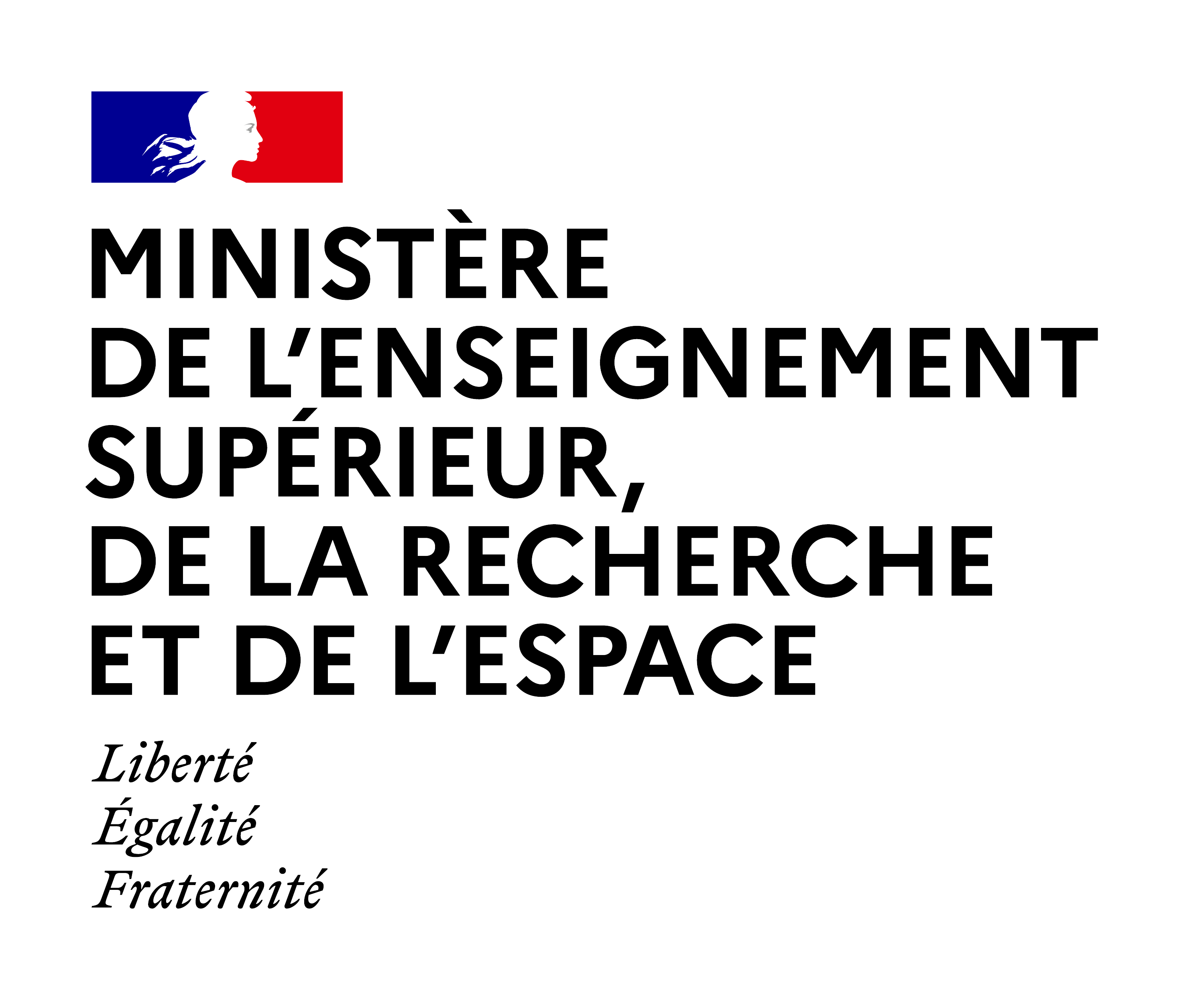Expected Outcome:
Successful proposals will support the delivery of solutions to implement the European Green Deal, the EU circular economy action plan (CEAP) and the bioeconomy strategy. The topic will support the transition towards a sustainable, regenerative, inclusive and just circular economy at local and regional scale across regions of Europe, boosting interregional and cross border cooperation.
Proposals funded under this topic will form part of the demonstration projects for the implementation of the European Commission’s Circular Cities and Regions Initiative (CCRI)[1]. Proposals are expected to provide policymakers, public and private investors and local communities with concrete and demonstrated examples of circular systemic solutions.
Projects results are expected to contribute to all the following expected outcomes:
- Significantly increased circularity, reduced GHG emissions, and where relevant increased carbon removals, in product value chains, and efficient valorisation of local resources in cities, regions or their groupings.
- Creation of business opportunities and jobs in the circular economy at urban and/or regional scale.
- Increased uptake and participation of citizens in circular and climate-neutral practices.
- Enhanced knowledge transfer between the cities, regions or their groupings involved in the proposals financed under this topic and other cities and regions in EU Member States and Associated Countries.
- More effective widespread uptake and easier replication, scalability and visibility of circular systemic solutions and hence multiplication of their economic, social and environmental benefits.
- Contribution to achieving the policy targets of the European Green Deal, circular economy action plan, EU bioeconomy strategy and the European industrial strategy at local, regional, national, European and international levels.
Scope:
In the context of this topic, a circular systemic solution is defined as demonstration project for deploying a circular and climate-neutral economy at urban and/or regional scale, involving key stakeholders and, ideally, addressing more than one product value chain. Proposals are expected to implement and demonstrate at large scale circular systemic solutions for the deployment of the circular economy (including the circular bioeconomy) in cities and regions or their groupings. They should form part of the implementation of the European Commission’s Circular Cities and Regions Initiative (CCRI) and they should be carried out in close coordination and cooperation with the CCRI Coordination and Support Office (CCRI-CSO).
The implemented circular systemic solutions should address economic, social and environmental dimensions of the transition towards a circular economy and include science, technology and governance components. They should demonstrate circular innovative technologies, novel governance and business models and support the active participation of all relevant actors in cities, regions or their groupings. Examples of relevant actors are: public administrations (national/regional/local authorities) and utilities (public/private companies); private sector services and industries, including start-ups and small and medium enterprises (SMEs); research infrastructures, scientific and innovator communities including incubators and accelerators; financial intermediaries with a focus on environmental and social impact; venture capitalists and business angels; civil society, including citizens; and non-governmental organisations and philanthropy.
The implemented circular systemic solutions can address ideally more than one of the key product value chains set out in the new circular economy action plan, i.e.: batteries and vehicles, electronics and ICT, packaging, plastics, textiles, construction and buildings, food, water and nutrients.[2] The circular systemic solutions may also include nature-based solutions. Circular systemic solutions and the economic sectors involved in them should be selected and based on a detailed analysis of the cities, regions or their grouping’s socio-economic and environmental needs to be addressed, circular potential to be exploited and challenges to be tackled.
Circular systemic solutions should identify, analyse and, when feasible, quantify the economic, social and environmental benefits and trade-offs/challenges related to their implementation and demonstration. They should include the monitoring and evaluation of the transition towards a circular economy, identify their strengths and weaknesses as well as causes. They should analyse the encountered regulatory obstacles and drivers and provide clear and precise policy recommendations to improve circular economy. Each circular systemic solution should address environmental externalities and contribute to preserving and, where possible, increasing the well-being and the health conditions of the local communities involved in the transition towards a circular economy.
It is crucial that the circular systemic solutions implemented and their business models have a high replicability and scalability potential. This is fundamental to facilitate that circular systemic solutions demonstrated in specific areas should be replicated in others. During their implementation and by the end of their life cycle, the selected proposals are expected to share with all stakeholders clear and comprehensive guidelines on the circular systemic solutions adopted, including their strengths and challenges. They should also provide information on key barriers identified to avoid their emergence at early stages of replicating existing solutions. Proposals should ensure that all evidence, information and project outcomes will be accessible through the CCRI website (incl. business models and other studies).
It is essential that proposals also ensure complementarity and cooperation with existing and future relevant European projects on the circular economy and the circular bioeconomy, with special reference to those on local and regional scale and avoid overlaps and repetition[3].
Citizen science could be appropriate mode of research to increased practices and participation of citizens in circular systemic solutions.
Where relevant, SSH and social innovation aspects should be considered.
[1] https://ec.europa.eu/info/research-and-innovation/research-area/environment/circular-economy/circular-cities-and-regions-initiative_en .
[2] https://ec.europa.eu/environment/circular-economy/.
[3] Such as, projects under the Horizon Europe topic HORIZON-CL6-2021-CIRCBIO-01-01: Circular Cities and Regions Initiative (CCRI)’s circular systemic solutions, and Horizon 2020 European Green Deal call’s topic LC-GD-3-2-2020: Demonstration of systemic solutions for the territorial deployment of the circular economy.





